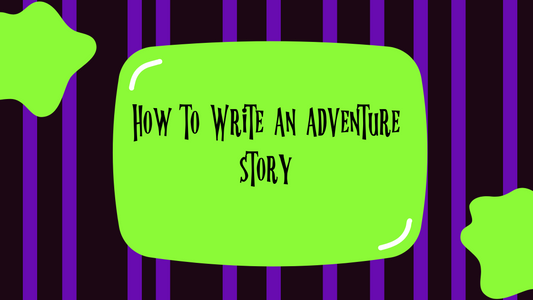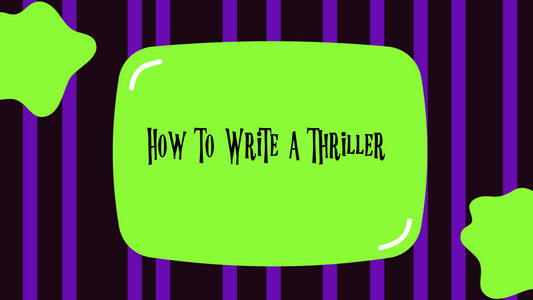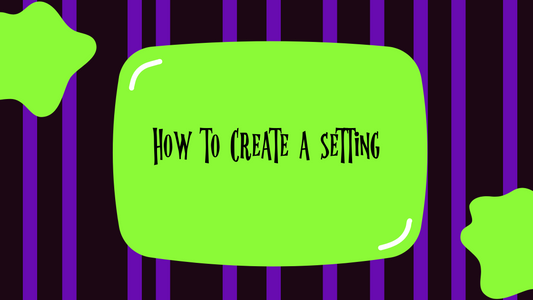As an affiliate, I earn from qualifying purchases, but this doesn't affect the reviews or recommendations—your trust is important to me!
Writing Engaging Dialogue: A Guide for Young Writers
Hello, young storytellers! 🌟 Crafting dialogue can be one of the most exciting parts of writing a story. Dialogue brings your characters to life and makes your readers feel like they are right there in the middle of the action. But how do you write dialogue that sounds natural and keeps your readers hooked? Let’s explore some tips to help you master the art of dialogue.
1. Know Your Characters
Before you write dialogue, you need to understand your characters. Think about:
- Personality: Is your character shy, outgoing, funny, or serious?
- Background: Where are they from? What experiences have shaped them?
- Goals: What do they want, and how do they try to get it?
2. Keep It Natural
Dialogue should sound like real speech. Listen to how people talk around you. Notice how they:
- Use contractions (like “I’m” instead of “I am”)
- Pause or trail off
- Use slang or informal language
3. Show, Don’t Tell
Use dialogue to show your characters' emotions and actions. Instead of saying, "She was angry," show it in her words and tone:
“I can't believe you did that!”
4. Give Each Character a Unique Voice
Each character should have their own way of speaking. Think about:
- Word Choice: Do they use big words or simple ones?
- Sentence Length: Do they speak in short bursts or long, flowing sentences?
- Speech Patterns: Do they have any catchphrases or unique ways of saying things?
5. Use Dialogue Tags Sparingly
Dialogue tags are words like "said" or "asked." Use them to clarify who is speaking, but don’t overdo it. Sometimes, you can use actions instead:
“I’m tired,” she said, yawning.
6. Break Up Dialogue with Action
Long stretches of dialogue can get boring. Mix in some action to keep things interesting:
“I’m tired,” she said, yawning and stretching her arms.
7. Practice Makes Perfect
The best way to improve your dialogue writing is to practice. Try writing short scenes focused just on dialogue.
Practice Time!
Now it's your turn. Here are some exercises to get you started:
- Write a conversation between two characters who have just met.
- Create a dialogue where one character is hiding a secret.
- Write a scene where two characters are arguing, but they can't raise their voices.
Remember, dialogue is your chance to let your characters' personalities shine. Have fun and let your imagination flow. Happy writing! 🖋️✨




















